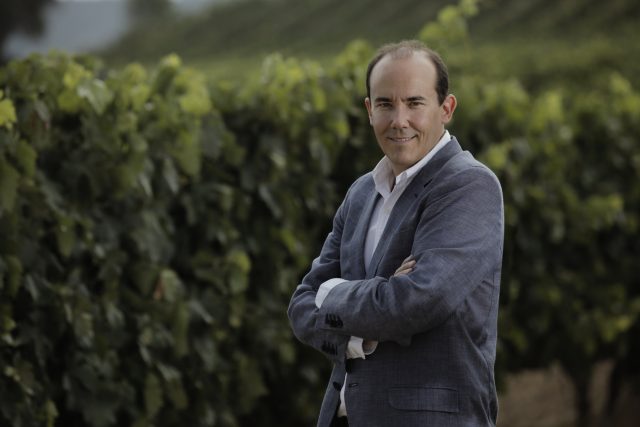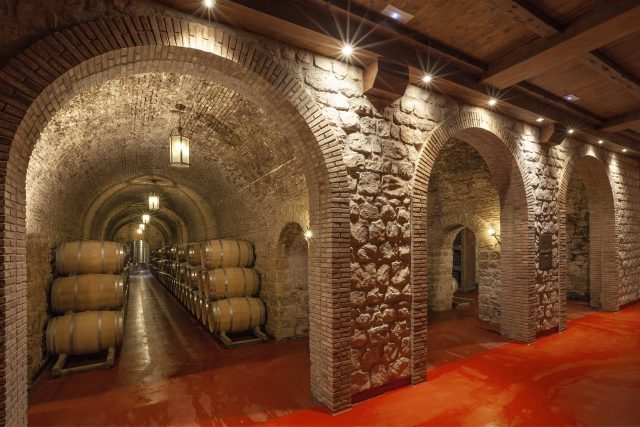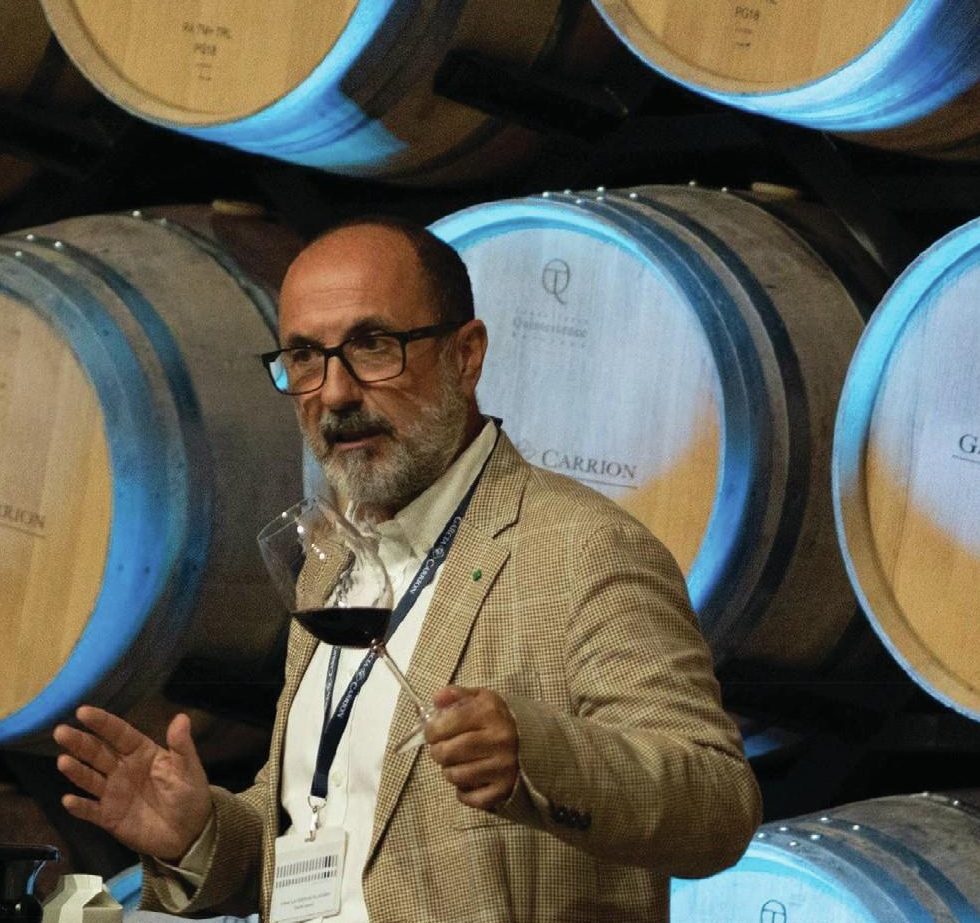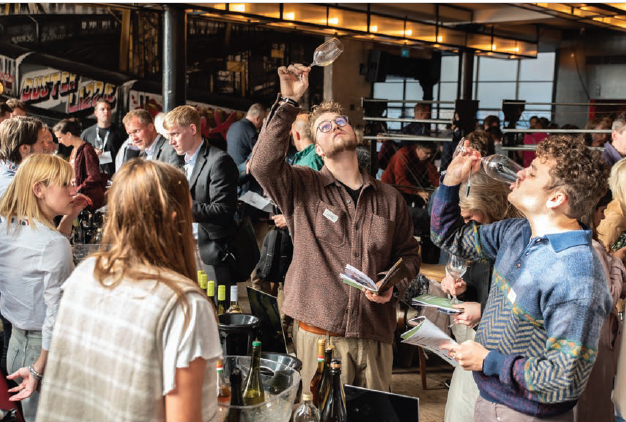Bodegas Riojanas president explores “endless possibilities” in Rioja
Santiago Frías, president of Bodegas Riojanas, explains how the producer marries heritage with an open mind.

“I believe that there is no perfect wine for all occasions,” says Santiago Frías, unwilling to single out a favourite from his company’s range. “I personally care more about the moment, the company and the food pairing when I need to choose a wine. Our wine range provides endless possibilities for any moment of consumption.”
It is, admittedly, a diplomatic response. Rather like a parent reassuring their children, it comes with the implication that he loves them all differently, but equally. Yet speaking with Frías, the fifth-generation president of Bodegas Riojanas, an open-minded, flexible approach seems to be a hallmark of the company. Despite 130 years in operation, it is always open to new possibilities.
The pedigree is impressive. Founded in 1890, though with a family history dating to 1799, the company pre-dates even the establishment of the Rioja denomination. Its two Rioja labels each have decades of history behind them. Viña Albina, named after the daughter of one of the owners, launched in 1901. The Burgundy influenced Monte Real, a flexible approach in itself, was christened by French winemaker Gabriel Larrendant and released in 1933.
“I would not really know where to start,” Frías says of the knowledge he has inherited. He does, however, highlight some of the lessons learned over more than a century: constantly driving improvements in quality; caring for the environment and communities; and communicating the dedication of the family company. “Throughout these years, the style of our wines has evolved, but certain characteristics have remained unchanged over time.
Frías sees geography and heritage as one constant factor, “combining the personality of our vineyards with our long barrel and bottle ageing tradition.” The approach is evidenced in Bodegas Riojanas’s 200 hectares of estate vineyards, plus the 600 hectares managed by trusted partner growers. The sites are enviable, largely in the Rioja Alta at higher altitudes and with 100 hectares planted before 1980. The producer also puts emphasis on barrel ageing: 61% of the production is designated reserva or gran reserva.

Partner Content
It is not, however, a style constrained by tradition. Each brand speaks to different elements of Rioja’s identity, all while guided by his principle that wines should be gastronomic. Viña Albina, Frías believes, shows “the classic elegance of the Rioja Alta terroir… rather delicate but considerably complex” while Monte Real instead gains “a warmer personality and a unique terroir” from its Cenicero vineyards.
There is one bottling, even, that is a pure product of serendipity. The sweet white Viña Albina Reserva was born decades ago of a labour shortage. With none of the usual pickers, the employees and their families mobilised to harvest and, in the rush, forgot one vineyard. By the time the winemaker realised, the grapes had raisined and developed noble rot. They were harvested by hand and vinified with a dash of hop; the idiosyncratic result is still in the portfolio.
In fact, despite the name, Bodegas Riojanas has expanded its work to include properties around Spain. It is, according to the president, “due to our wish to complete a wide range of wines to consume at any time.” He highlights regions he wishes were better known – Rueda, Rias Baixas, Bierzo and Toro – in which Bodegas Riojanas has invested to raise their profiles. Rioja may be the jewel in its crown, but he says, “Spain has an extraordinary panorama.”
In future work, the producer is likewise open to new opportunities. Though climate change is a pressing threat, it is already responding, switching to cooler vineyards and reducing its water usage. It has already gained sustainable certification through the Wineries for Climate Protection programme.
Frías also has his predictions for the Rioja market. “I think that terroir-driven wines will continue to grow,” he says, “but we should not forget the new trends in terms of wine consumption where consumers favour white wines as well as wines with a moderate alcohol content.”
From a region famed for its rich reds, it is a refreshingly open approach. It is, however, a consistent one. From early French winemakers to harvesting accidents to mitigating climate change, the producer has been open minded from its early days. No wonder, by the fifth generation, its owners are seeing those endless possibilities.
Related news
Mar de Frades champions Atlantic terroir in its Albariño




